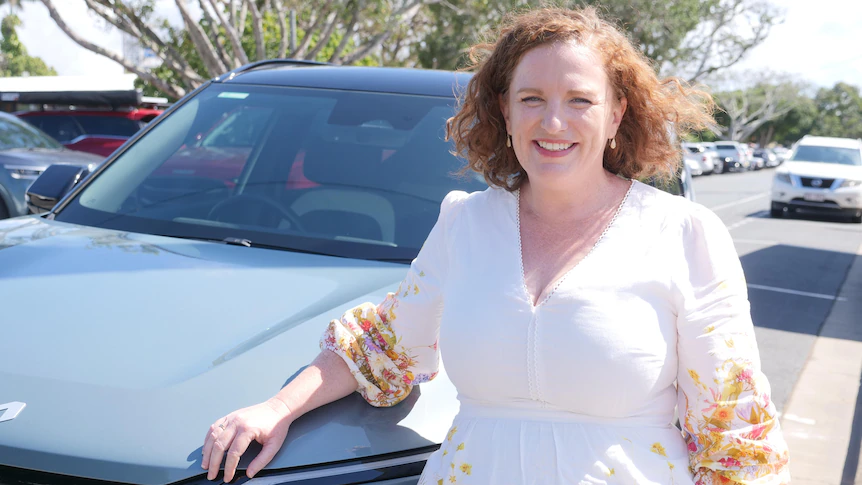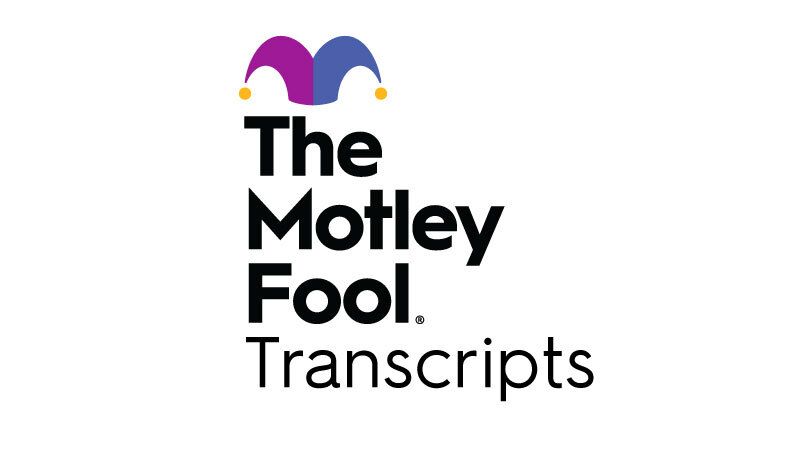Copyright abc

When Jacki Whittaker bought an electric SUV two years ago she thought she had overcome the dreaded "range anxiety" felt by many new EV owners. Pushed by the increasing cost of petrol and decreasing feed-in tariffs from their home solar system, her family took the plunge with a new electric vehicle. A driving holiday through central western Queensland, visiting attractions such as the Longreach Stockman's Hall of Fame, revealed plenty of charging stations. However, it was when she had to hire a petrol car to attend a funeral in Clermont, three hours' drive away from her home in Mackay, that Ms Whittaker realised the limitations of the EV charging network. There are no dedicated, purpose-built EV charging points on the Peak Downs Highway. Ms Whittaker said it was a missed opportunity for a region working to improve its drive-tourism market. "One of the reasons we went out west was to go and see a beautiful part of the world and you could do that if the Peak Downs had some EV infrastructure," she said. No additional funding While the Queensland government has rolled out electric vehicle charging stations across parts of central, western, and north-west Queensland, the Peak Downs Highway and parts of the Leichhardt Highway — north of Miles in Queensland's Western Downs region — have missed out on the public funding. The busy Peak Downs Highway connects the coalfields of the Bowen Basin to the coast, with traffic dominated by diesel work vehicles and trucks carrying mining machinery. In a statement, the Queensland Department of Transport and Main Roads said both the Electric Super Highway Program and a separate co-funding scheme designed to stimulate private investment had been "fully contracted" with "no additional funding committed". Isaac Regional Council, through which much of the Peak Downs Highway traverses, has just two registered electric vehicle chargers in the coastal town of Clairview on the Bruce Highway. The council confirmed that, since 2020, it had not received any development applications for a privately run electric charger. While electric vehicle mapping service PlugShare advertises charging infrastructure in small communities like Clermont, those on offer are not high-capacity, purpose-built chargers. The head of energy, infrastructure and commercial at the Electric Vehicle Council, Alina Dini, said commercial chargers in rural and remote areas were becoming more necessary. "The proposition for public charging always depends on how much use those chargers get, and also what the overall program looks like," she said. Ms Dini also pointed to another $40 million in federal funding allocated in September to bolster the charging network. In a statement, the federal Department of Climate Change, Energy, the Environment and Water said it was working with the state and territory governments to "determine how and where funding can be targeted". Too hard to install While electric vehicles often stop at Dylan Jones's roadhouse on the Leichhardt Highway, he can offer them a meal but not a charger. He has poured everything into running the roadhouse, about an hour's drive south of Rockhampton, for four and a half years, battling everything from drinking water problems to a supercell storm that ripped off the roof. With regular visitors from Brisbane and regional centres heading inland, he said he was often asked where their high-voltage charger was. "We don't run off big power lines, we just can't sustain an energy source that can actually charge them," he said. The northern section of the Leichhardt Highway is not included in Queensland's Electric Super Highway program. Mr Jones said it was not commercially viable for his small family business to install a charger on its own. Despite the commercial realities of a limited customer base and varying power prices across the state, Ms Dini said the growing number of electric vehicle owners would make it more feasible for smaller communities to host chargers. "We now have coverage effectively all around Australia, with high-powered chargers," she said. "There's probably a couple of places where you might not have as much coverage as others, but what's really great is, on average, electric vehicles now have between 400 and 600 kilometres of range. "So, when you're driving you're going to want to stop and top up [then] anyway."



